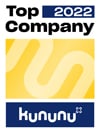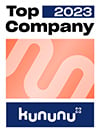Web development and website management - A complete overview
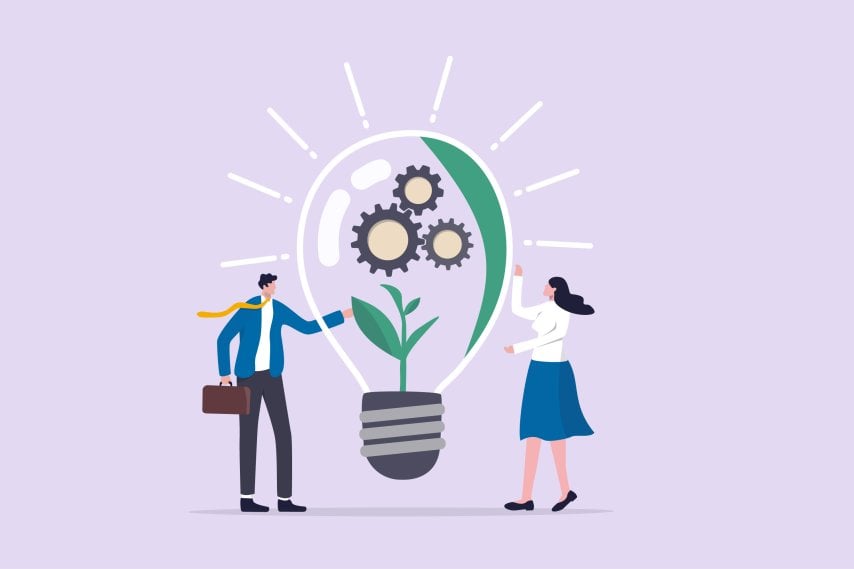
Are you wondering how to build a website so that your visitors stay and convert to buyers? Then you've come to the right place. We've put together an overview of all the website management components that will help you build and analyze your website correctly. If you also need help with web development - feel free to contact us!
Reading time 9 min
You can also download our poster below:
A website consists of many different disciplines that all work together to ensure that visitors stay on the site and interact with it. When creating, maintaining and analyzing a website, the following topics must therefore be taken into account:
- Structure and layout
- Search Engine Optimization
- Content
- Legal requirements and IT security
- Speed
- Tracking
Structure and organization of a website
As the first element of our overview, we will give you tips on how you can give your website structure. This is very important in order to offer your users an optimal experience.
How do you build a website?
The basic structure consists of a header, a body and a footer. In addition, elements such as information about the company, product categories and contact options are mandatory components of every website.
To keep the user on the page, it is essential to follow a common thread. You can ensure this by keeping the wording and structure of each subpage consistent. To make it easy for the user to find their way around, it is important to provide clear navigation that allows the user to reach important content with a maximum of two clicks and other content with a maximum of four clicks.
The intention of every website is to encourage the user to take an action, i.e. a conversion. A conversion can be, for example, a purchase, a subscription to a newsletter or the submission of an application. In order to be easier for the user to find, the structure should meet the usual SEO requirements. But more on this in the SEO section.
What is UX design?
UX (user experience) design ensures an ideal customer journey on your website. This involves analyzing target groups and identifying user problems that need to be understood and solved.
In general, it is important to follow the "mobile first" approach, as mobile use is constantly increasing in the course of digitalization. Another element that contributes to a positive customer journey is breadcrumbs. This navigation bar shows the user which path they have followed on the website and therefore provides orientation. In general, care should be taken to guide the user through the funnel with as few distractions as possible (unnecessary links and text).
Important elements for generating leads (i.e. relevant users who take an action) and conversions are forms, newsletter registrations, chat(bots) and download links. In online stores, the shopping cart should also be optimized, for example by offering different payment methods.
We recommend that you work out the planned optimizations as a screen design in the first step and refine them with the help of in-depth interviews, eye tracking and broad surveys. In the second step, the optimizations can then be tested on the website in the form of A/B tests, for example, in order to guarantee the optimal user experience.
What is UI design?
UI (user interaction) design follows on from UX design and focuses on the visual implementation of the user experience. In this specialist area, all elements with which the user interacts in the application or website are analyzed and optimized. Examples include icons, buttons, spacing, images, text and boxed design.
You should also carry out testing during the various phases of the UI design process in order to stay as close as possible to the user's needs.
Search Engine Optimization (SEO)
In order to increase visibility in search queries via Google, for example, we recommend optimizing your website accordingly. This specialist area is called SEO (Search Engine Optimization) and aims to increase search engine rankings in the long term.
SEO can be divided into three areas: internal preparations, on-page optimization and off-page optimization.
What do I need for SEO?
The first step is to determine which topics your website covers or should cover. Then you can start your keyword research using tools such as Sistrix, Google Ads or Xovi. Make sure to differentiate between informal, transactional and navigational keywords when researching. You should also think about the page structure of your website and determine which topics should be covered on which page. Once the keyword research is complete, it's time to create the right content.
Factors for on-page optimization
All SEO optimizations that can be carried out directly on the website are called on-page factors. These factors help the Google crawler to understand what the content is about and to assess whether it is relevant for the searcher.
To ensure this, the content must be marked accordingly. Headings should be structured according to H1 to H6, image descriptions should be equipped with keywords and uploaded in the appropriate image size. URLs should also be optimized. Here it is important to keep them as short and meaningful as possible. There is also the option of adding relevant keywords to the title, meta and header tags. This is information about your website that is displayed in the search engine listing.
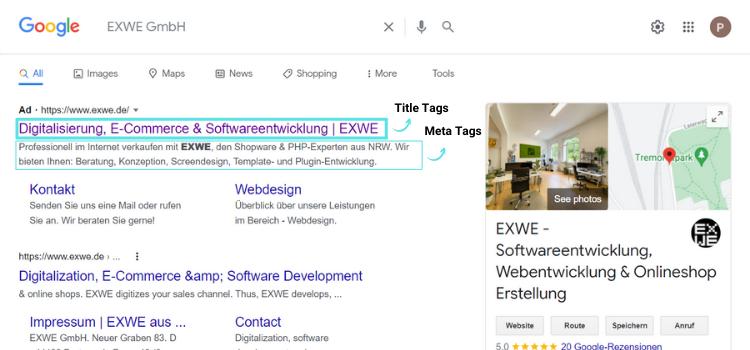
Search engines such as Google also evaluate the relevance for the user according to the usability of the website. To encourage the user to continue clicking through the page, it should be well linked internally. External links to partners, customers or YouTube content should also be integrated.
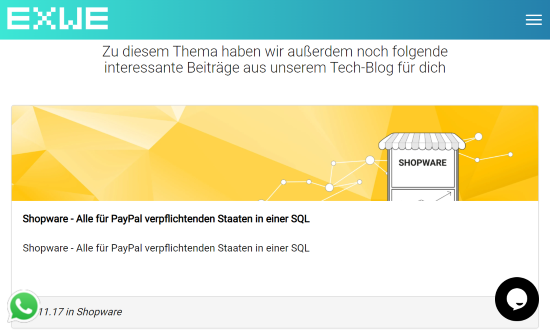
In general, the website should contain many interaction elements, as these indicate an interested user. In addition to these elements, the loading time is also evaluated by Google, for example.
Make sure that you integrate relevant keywords into your content and update it regularly. Nevertheless, you should be careful not to use too many keywords, as Google categorizes this as keyword stuffing and therefore rates it negatively.
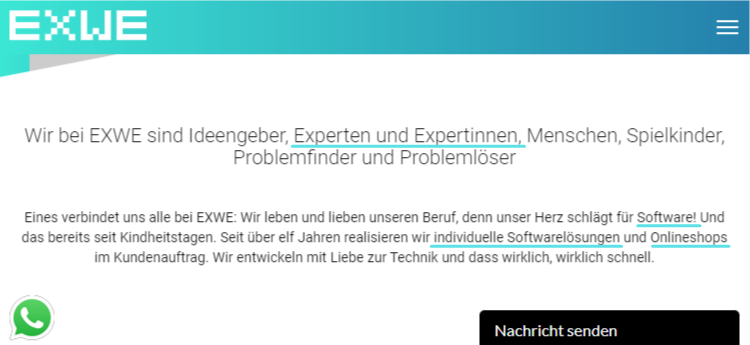
Factors for off-page optimization
In addition to optimizations on the website itself, there are also external factors that contribute to a good ranking. These include so-called backlinks. These are links from relevant external sites (such as blogs or news sites) that link to your own website. The search engine algorithm rates a high number of backlinks positively, as this means that the page is relevant for users. Nevertheless, backlinks must be regularly checked for their functionality using tools such as Searchmetrics, as broken links are again rated negatively.
To generate backlinks, you can also publish guest posts on relevant blogs or postings in discussion forums. Posting business information in local listings such as Google my Business, Bingplaces or Go Yellow also helps to gain authority and thus rise in the search engine rankings.
SEO tools
We have listed the most common SEO tools below:
- Advanced Web Ranking
- Ahrefs
- Answearthepublic.com
- Cognitive SEO
- DataStudio
- Google Search Console
- Google Trends
- Google Analytics
- Linkminder
- Majestic
- Mangools
- Moz
- PageRangers
- Pagespeed: Google Page Speed Insights
- Ryte
- Screaming Frog SEO Spider
- Searchmetrics
- Semrush
- Seobility
- SERPwatcher
- Sistrix
- Termlabs.io
- Ubersuggest
- Xovi
- Yoast
Website content
Another important factor for an ideal website is the creation of relevant content.
Create target group-specific content
In addition to relevant keywords for SEO, we recommend adapting the content to your various target groups. For this purpose, customer personas and the respective customer journeys can be developed through research, which serve as the basis for content creation. In general, it is important to use a good mix of photos, texts, graphics and videos. Which content and which content formats should be used in which phase of the sales funnel depends on the respective customer persona. Also remember to keep the tonality of the content consistent throughout. In addition, you can increase your authenticity with users by personalizing photo and video content and avoiding stock photos as much as possible. Finally, you should consider offering your content in different languages to appeal to international target groups.
Content management systems (CMS)
We recommend connecting a content management system (CMS) to the front end so that you can update the content you have created without the need for agencies or IT service providers. Content management systems are used in web content management, blogging or news portals as well as social publishing and community management. Depending on your company's needs, you have the choice between different hostings, CMS types and models and, accordingly, different tools.
CMS Hosting
- SAAS (web-based Software as a Service)
- On-Premises (own responsibility for hosting, maintenance & updates)
CMS types
CMS models
-
We have listed the most common CMS systems here:
Legal requirements and IT security
The updated General Data Protection Regulation (GDPR) has been in force since 2018, which also has an impact on your website. The legislator stipulates that a privacy policy and an imprint must be integrated. In addition, every website operator is obliged to integrate cookie banners. These must pop up at the beginning of the visit and offer the user the opportunity to decide on the use of their own data.
In addition to the legal aspects on the website, there are also provisions that should be observed in the background. For example, data deletion processes must be developed and implemented. It is also important to document the storage and processing of personal data, as every user has a right of access.
IT security also plays an important role in protecting your website and data from possible hacker attacks. Therefore, store an SSL certificate to enable an HTTPS connection. In addition to encryption, we also recommend that you use up-to-date software and hardware, as these meet the latest security standards.
Website speed
To ensure that users stay on the website, a fast loading time is of great importance. We recommend the following points to increase speed.
How to optimize your performance
To ensure that users stay on the website, a fast loading time is of great importance. We recommend that you consider the following points:
First, we recommend switching your web server to the HTTP/2 protocol. This is a simple and very effective method to optimize the loading time of your website. Just as with UX design, it is also important to consider the "mobile-first" concept when it comes to performance. This is due to the sharp increase in website access via mobile devices.
It is also important to load the individual elements in the correct order. All elements in the "above the fold" (content visible at first glance without having to scroll) should be loaded first. Scripts, on the other hand, should be combined and loaded at the end.
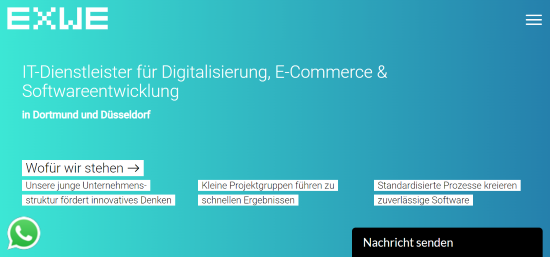
However, it is not only the "Above the Fold" elements themselves that are important, but also the optimization of the FCP (First Contentful Paint). This is defined as the time between when the URLs are loaded for the first time and the time until the "Above the Fold" elements are rendered.
In general, we also recommend that you pay attention to the size of images, text and scripts, for example, in order to guarantee a fast loading time. It is also possible to outsource website data to a CDN (Content Delivery Network). Here, content is stored on external servers, thus reducing the loading time. Video content can also be integrated on social media platforms such as YouTube or Vimeo, for example, and integrated into your own website.
To ensure that recurring elements do not have to be loaded again, we recommend that you also set the caching optimally as a final point.
Performance tools
Below you will find the most common website performance tools.
Website tracking
To find out how well a website is performing for users, it is important to measure it regularly (tracking), analyze it, draw conclusions and optimize it accordingly.
Measure your website performance
To make tracking easier for you, we recommend creating a dashboard that you can use to analyze how your website is performing at regular intervals.
We have listed the most important metrics below:Speed
The loading time of the website should be tracked regularly and, if necessary, measures should be taken to optimize it.
Users
To keep an eye on your website's traffic, you should regularly track the flow of visitors to your website. Ideally, this number should increase steadily through relevant promotional measures, because more traffic also means more leads and conversions at best.
Dwell time
Another key figure that should be tracked is the average time (Time Spent on Website) that a user spends on the entire site or on the respective subpages. This metric can be an indication of how interesting the page is for the user. A very short dwell time indicates that the content is either not relevant or unattractive. An above-average dwell time, on the other hand, can indicate that the user is not finding their way around.
Pageviews and single pageviews
The total number of pages viewed is also referred to as pageviews. Multiple page views are also counted here. With single pageviews, on the other hand, each page viewed is only counted once.
Conversion and conversion rate
Conversions are desired actions that a user performs on the website. Micro conversions are small actions that the user performs and indicate a conversion. An example of this would be a user moving from a category page to a product page. The conversion would then take place if this user subsequently purchased the corresponding product.
The conversion rate calculates the number of users in relation to the conversions made (e.g. purchases). We recommend that you map the various (micro) conversions along your website funnel to determine at which point most users bounce.
This could look like this:
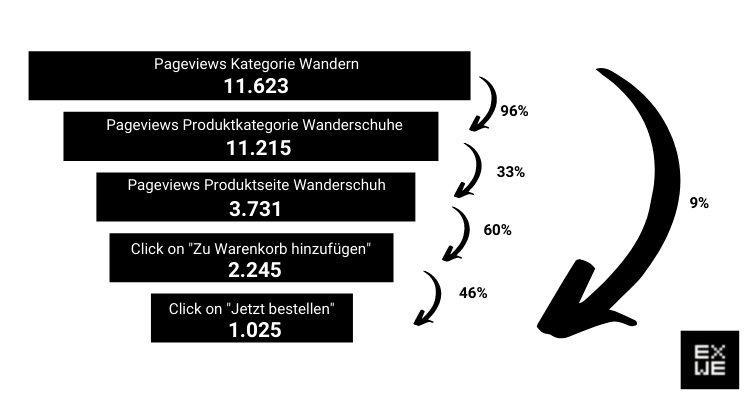
-
In our example, you can see how the conversion rate behaves in the respective sales funnel phases. For the calculation, the pageviews of the lower funnel phase were divided by the pageviews of the upper funnel phase and multiplied by 100. This shows you how many % of users have converted from one funnel phase to the next.
In this way, it is possible to compare different product categories with each other and make specific optimizations accordingly.
Bounce rate
The bounce rate is used to find out how valuable a website is for the user. Strictly speaking, this refers to the users who enter an entry page and then leave it again after a few seconds. A low value therefore indicates a high-quality website.
Filter
If you have integrated a filter function on your website, it also helps to regularly monitor the use of the filters. This gives you an overview of which categories / areas are of great interest or whether the filters are being used at all.
Device Usage
To find out which end devices (mobile, tablet, desktop) the user uses to access your website, you can analyze the device usage. This helps you to prioritize your web design. In general, it can be observed that the use of mobile devices is constantly growing. However, it is interesting to analyze which device is actually being used to convert. As an IT agency, we often observe a break where users obtain information via a mobile device but then make the purchase/conversion on a desktop.
Sources
To find out which promotional measures have led to micro conversions and final conversions (sales, downloads), the so-called sources can be analyzed. This information can then be used to adjust promotional measures. However, we recommend not underestimating the influence of campaigns on platforms that do not lead to direct conversions. Alert campaigns on social media in particular help to increase general traffic. For example, the target group can be directed to the website at a later point in time. These influences cannot generally be tracked 100%.
Error rate
The error rate is the average number of problems recorded on your website compared to the total number of problem reports. This rate should be monitored regularly so that problems can be identified and rectified at an early stage.
Tracking tools
Below you will find the most commonly used tracking tools:
Download the free website overview poster now!
Do you have any further questions about websites and web development or do you need help with your online store? Then feel free to contact us! As a software agency, we have years of experience in web development, software development and e-commerce. We are happy to support you and your company - we look forward to hearing from you!
Was ist dein Projekt? Wenn du uns darüber erzählen möchtest, rufen wir dich zurück!

Hello, my name is Meike. I take care of the EXWE back office and am responsible for our social media channels. All of our articles are meant to make your life easier and help you make decisions. Nevertheless, it can happen that something remains unclear, so: If you have questions about this article you can easily reach me at +49 231 93149827.
Discover the art of developing your own CMS! Learn step by step how to design and optimize your individual content management system. Start now and realize your web visions with ease
Push notifications in the form of web apps help you get closer to your business goals. Find out why you shouldn't do without them here.
For a successful website, you need online marketing measures such as push & pull marketing, social media ads and SEA - here you will find an overview!






